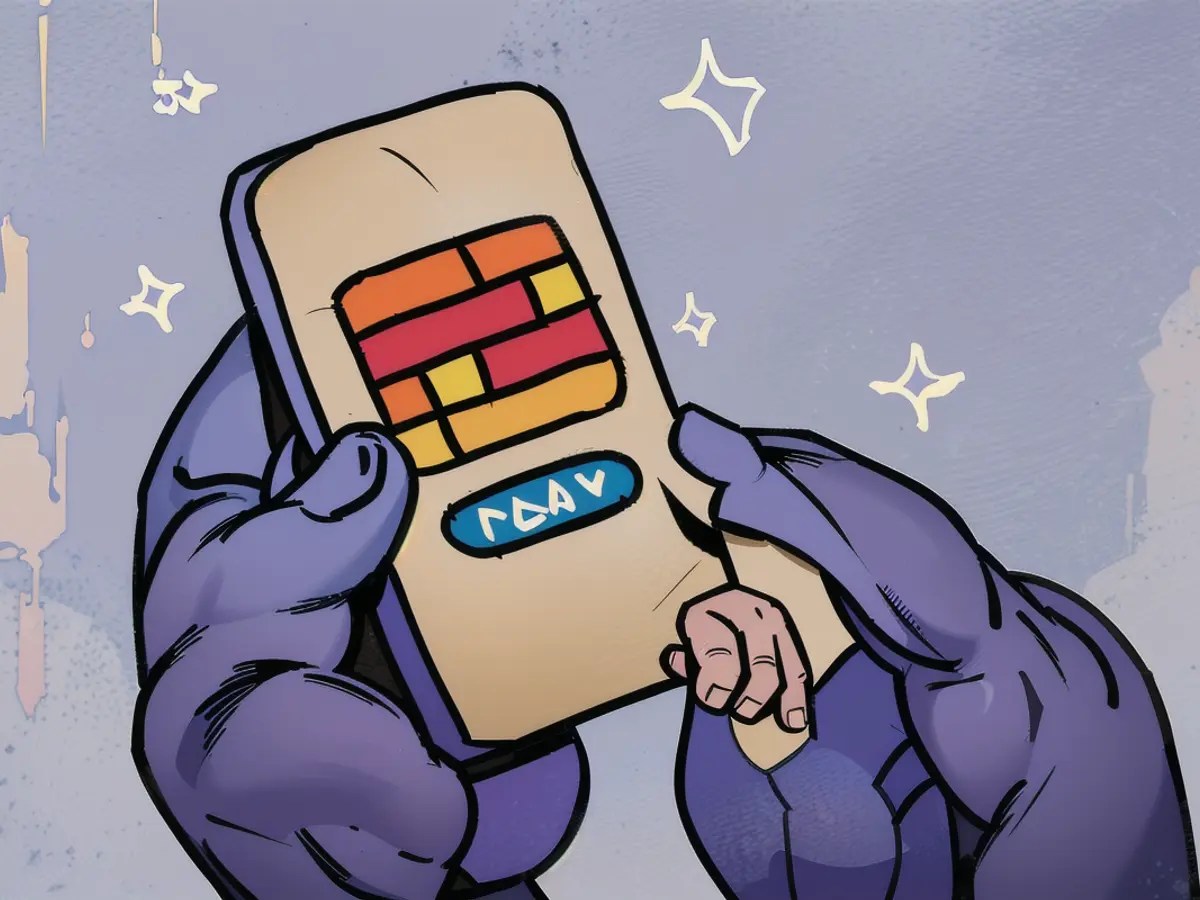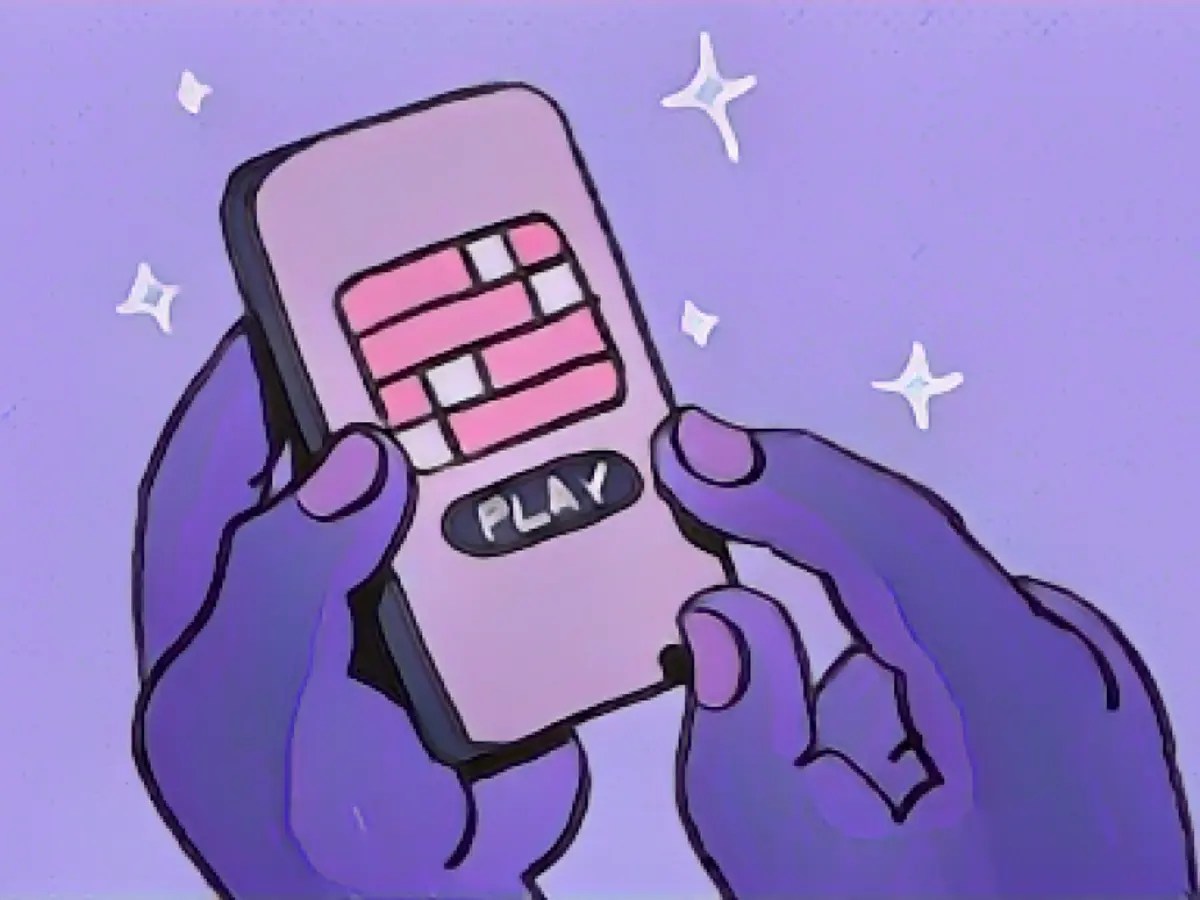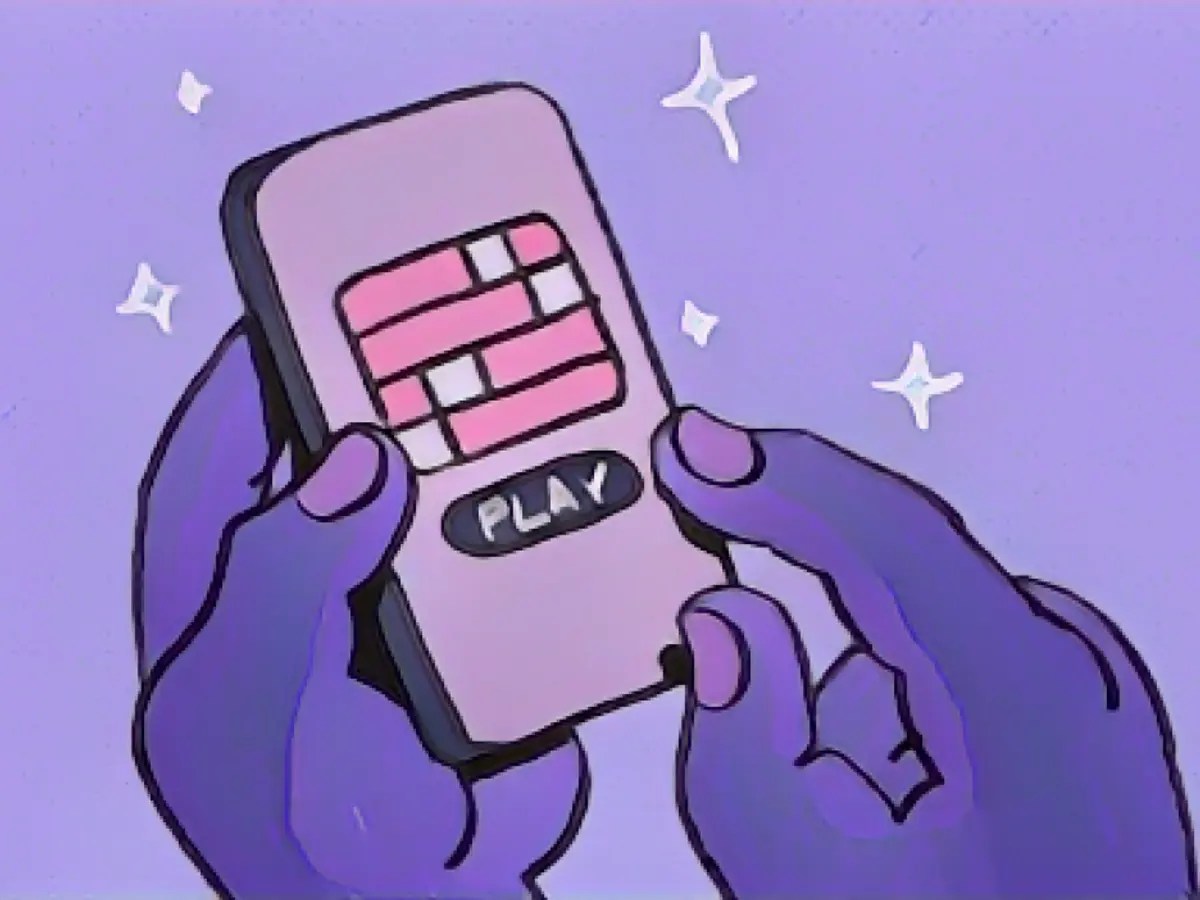NYT Connections Hints January 9: Crack the code to the January 9th New York Times Connections puzzle! This guide dives into the puzzle’s structure, offering strategies, clue analysis, and solutions to help you conquer this word game. We’ll explore the connections between seemingly disparate clues, revealing hidden links and providing tips to avoid common pitfalls. Get ready to sharpen your brain and unlock the secrets within!
Stuck on those NYT Connections hints for January 9th? Sometimes, a complete change of scenery helps! Think outside the box – maybe the visual spectacle of the detroit lions drone show will spark some unexpected connections. After all, those vibrant images might just unlock the answer you’ve been searching for in the NYT puzzle. Now, back to cracking those clues!
We’ll break down the puzzle piece by piece, examining individual clues, their potential interpretations, and the best approaches to finding those elusive connections. We’ll even look at how your existing knowledge – from history to pop culture – can give you a significant advantage. This isn’t just about finding answers; it’s about understanding the
-why* behind the connections, making you a more strategic solver for future puzzles.
The NYT Connections Game: A Deep Dive into the January 9th Puzzle
The New York Times Connections game presents a unique challenge each day, requiring players to identify relationships between seemingly disparate clues. This article analyzes the January 9th puzzle, examining its structure, the types of connections involved, successful solving strategies, and the role of prior knowledge. We’ll explore both individual clues and the interconnectedness between them, offering insights for both novice and experienced players.
NYT Connections Game: January 9th Puzzle Overview, Nyt connections hints january 9

The January 9th NYT Connections puzzle, like others in the series, presented a grid of clues. Players needed to find connections between pairs of clues, revealing underlying themes or relationships. These connections could range from direct associations (e.g., synonyms) to more abstract connections requiring deeper knowledge or lateral thinking. Successful strategies involved careful examination of each clue, brainstorming potential links, and systematically eliminating unlikely pairings.
Many players found success by categorizing clues based on subject matter, allowing for easier identification of potential connections.
| Clue | Possible Connection | Explanation | Difficulty Rating |
|---|---|---|---|
| Ocean | Pacific | The Pacific Ocean is a specific example of an ocean. | Easy |
| Shakespeare | Hamlet | Hamlet is a famous play written by Shakespeare. | Medium |
| Quantum Physics | Schrödinger’s Cat | Schrödinger’s Cat is a thought experiment in quantum physics. | Hard |
| Revolution | France | France experienced a major revolution. | Medium |
Analyzing Individual Clues from the January 9th Puzzle
Several clues in the January 9th puzzle presented unique challenges, demanding more than just surface-level understanding. Ambiguity in some clues allowed for multiple interpretations, requiring players to carefully consider context and potential nuances. Utilizing external resources such as dictionaries, encyclopedias, and online databases proved beneficial in clarifying meaning and broadening the scope of potential connections.
- Historical Events: Clues relating to historical events (e.g., “French Revolution”) required a knowledge of historical context to fully grasp their significance and potential connections to other clues.
- Pop Culture References: Clues referencing pop culture (e.g., a specific movie or song) demanded familiarity with popular culture trends.
- Scientific Concepts: Clues involving scientific concepts (e.g., “Quantum Physics”) required a basic understanding of scientific principles.
- Geographical Locations: Clues referring to geographical locations (e.g., “Himalayas”) required knowledge of geography.
Exploring Connections Between Clues

The beauty of the NYT Connections puzzle lies in its ability to connect seemingly disparate concepts. Identifying these relationships often requires lateral thinking and a willingness to consider unusual links. Visualizing these connections can help solidify understanding and reveal hidden patterns.
Visual Representation (Text-Based):
Imagine a network diagram. “Ocean” connects to “Pacific” (direct association), “Revolution” connects to “France” (historical context), and “Shakespeare” connects to “Hamlet” (author-work). Further connections could emerge, such as a thematic link between “Revolution” and “France” and a broader theme of “Culture” encompassing “Shakespeare” and “Hamlet.”
Detailed Explanations for Three Pairs of Clues:
- Ocean/Pacific: A straightforward example of a specific-to-general relationship. The Pacific is a type of ocean.
- Revolution/France: This connection highlights a significant historical event associated with a specific country.
- Shakespeare/Hamlet: This pair showcases the relationship between an author and one of their famous works.
Strategies for Solving the NYT Connections Puzzle
Effective puzzle-solving involves a systematic approach, combining brainstorming with strategic elimination. A step-by-step process can significantly improve success rates.
- Careful Examination: Begin by thoroughly examining each clue, noting any potential ambiguities or multiple interpretations.
- Brainstorming Connections: Generate a list of potential connections for each clue, considering various types of relationships (e.g., synonyms, antonyms, cause-and-effect).
- Systematic Elimination: Systematically eliminate unlikely connections, focusing on those with the strongest evidence or logical support.
- Verification: Once a potential connection is identified, verify its validity by considering the overall context and other clues.
Common mistakes include rushing through the process, overlooking subtle connections, and focusing too heavily on obvious relationships without considering less apparent ones.
The Role of Context and Background Knowledge
Prior knowledge plays a crucial role in solving the NYT Connections puzzle. A strong foundation in various fields such as history, science, literature, and geography can greatly enhance a player’s ability to identify connections. However, it’s important to acknowledge that cultural biases can influence interpretation, potentially leading to misinterpretations or overlooking alternative connections. Players with diverse backgrounds and knowledge may find different connections.
For example, someone with extensive knowledge of French history would more readily connect “Revolution” and “France,” while someone familiar with 20th-century literature might more quickly connect clues relating to specific authors or works.
Stuck on those NYT Connections hints for January 9th? Sometimes, thinking outside the box helps. For example, the intensity of college basketball rivalries might give you a clue; check out this article about Cooper Flagg angry? ACC teams won’t like the Duke basketball for a potential connection. Maybe the competitive spirit reflected there will unlock the answer to those NYT puzzles.
Good luck!
Last Recap

Solving the NYT Connections puzzle is a rewarding exercise in lateral thinking and knowledge application. By systematically analyzing clues, identifying potential connections, and leveraging your existing knowledge, you can unlock the puzzle’s secrets. Remember, even seemingly unrelated clues can hold the key to the solution. Don’t be afraid to think outside the box, and most importantly, have fun with the process! So, grab your dictionary, your encyclopedias (or your trusty search engine), and get ready to connect the dots!
Question Bank: Nyt Connections Hints January 9
What if I’m stuck on a particular clue?
Try looking up the clue words in a dictionary or online encyclopedia. Consider different meanings or interpretations of the words. Sometimes, a seemingly obscure connection is the correct one.
Are there any resources available besides the puzzle itself?
Yes! Online forums and communities dedicated to the NYT Connections puzzle can be helpful for brainstorming and sharing strategies. Dictionaries, encyclopedias, and even online search engines can be invaluable tools.
Okay, so you’re tackling those NYT Connections hints for January 9th? Sometimes, finding those connections requires thinking outside the box. For example, consider how seemingly unrelated events can intersect; a tragic event like the fullerton california plane crash might unexpectedly connect to a seemingly unrelated news item from the same period. Thinking broadly like this can help you unlock those tricky NYT puzzle clues!
How important is general knowledge to solving the puzzle?
General knowledge plays a significant role. The more you know about history, pop culture, geography, and other subjects, the easier it will be to identify connections between seemingly unrelated clues.
What are some common mistakes to avoid?
Overlooking less obvious connections, focusing too heavily on one interpretation of a clue, and failing to systematically eliminate incorrect connections are common pitfalls.
